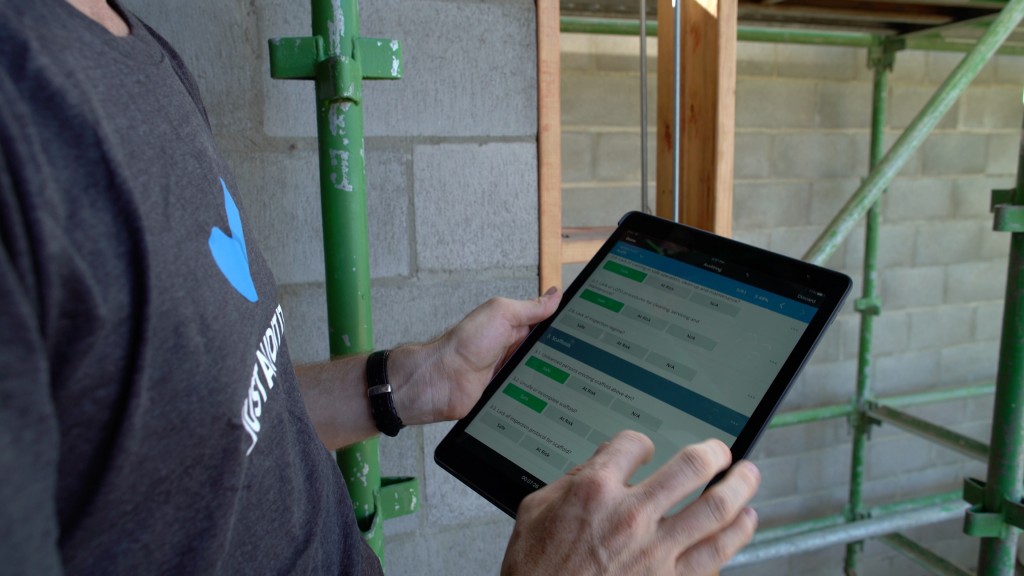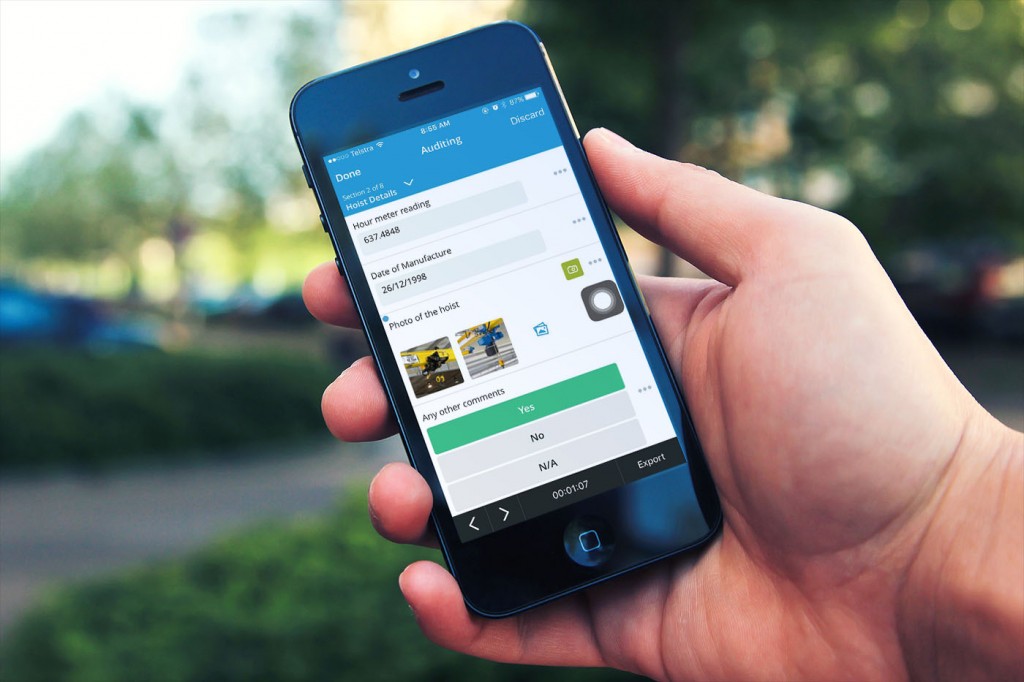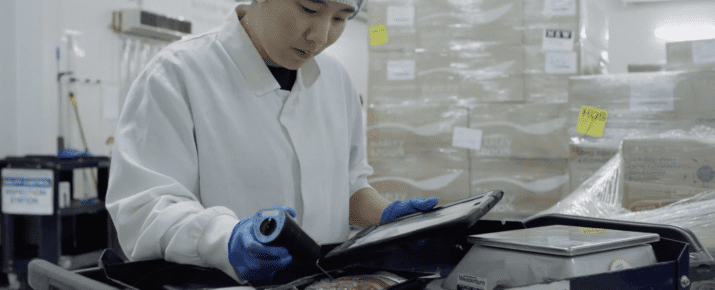8 reasons you need checklists for your construction project
Checklist Best Practices | By | 17 Feb 2016 | 4 minute read

Every 15 seconds, one worker dies and 160 are injured around the world from work related incidents. 90 per cent of the construction industry still use paper checklists to perform their inspections and have been slow to adopt new innovative technology. Although checklists are one of the most powerful tools that any project manager can have, paper versions provide no visibility. Checklists are vital for keeping projects on track and sharing status updates with stakeholders. They also help you stay on top of individual tasks and automate your workflow.
One industry where digital checklists have had an impact more than any other is in construction, where risks are high. For project managers, it’s important to be able to use checklists to keep each site productive and safe. Using a checklist app on-the-go has made teams more mobile, more productive and more agile than ever before. When your smartphone is your go-to workspace for checklists, you’re never far away from all the information, tools and records you could need.
There’s a number of other clear benefits to using a checklist app on a smartphone or tablet that can help you to maintain and manage your sites:
1. Create custom & standardised checklists
Creating and managing lists and workflows with a digital checklist app like iAuditor is simple. By building detailed lists and sublists, there’s no limit to the depth of your project, and you have the freedom to build out different versions and iterations of your checklist that match the site you’re working on. Having the freedom to completely customise your checklist and then standardise it across a project means that you’ll be able to cut down on double-handling work and keep the focus on the end goal, with consistent and detailed results.
2. Manage long checklists/projects
Construction projects can be long and complex. Rather than trying to juggle a notebook with hundreds of items and handwritten checkboxes, using an interactive checklist tool allows you to build out any list length without sacrificing usability and mobility.
3. Conduct detailed audits
When you’re trying to maintain the health and safety of your team on a construction site, you’re taking on a difficult challenge. We know that the ideal number of accidents or incidents on a site should be zero, but getting to that level of safety takes dedication and focus. By conducting your audits through a checklist app, you can avoid difficult paperwork while making sure that nothing goes unnoticed. You can maintain active records and keep everyone on your team aware of all risks or issues without pulling out a 5kg binder.
4. Use existing templates as a knowledge base
Apps such as iAuditor give you access to a huge library of well-developed templates that you can use as a starting point for your projects and checklists. That’s a big time saver, and it helps you to stay in-line and compliant with industry leaders and experienced project managers, using their expertise to inform your own checklists.
5. Cut down on paperwork
The dream of going paperless isn’t far away for many project managers, largely thanks to checklist apps. Instead of binders and forms, scanners and printers, you can use a checklist app to keep track of every form that you would have had to carry around with you between sites. You can also fill out and update everything right on site, without having to save paperwork to do later – or worse, at home at the end of the day!
6. Collaborate
By sharing construction checklist templates with other app users, you can receive valuable input and commentary from key stakeholders. There’s always a wealth of information held by everyone on a construction site, and sharing that information should be a high priority for project managers. Using collaborative features to ensure that everyone is working together (not just near each other) is a great way to streamline that sharing process.
7. Capture real-time data
For construction projects, access to real-time data is vital. When you’re conducting accurate and detailed inspections throughout your project, it’s important to see the progress or any key spots for improvement. With an inspection checklist app like iAuditor, you can focus on quality and literally check every aspect of the project off one-by-one. Imagine how handy it would be to check whether a piece of equipment inspected on a weekly basis is functioning safely.
8. Annotate and markup images
iAuditor has image capturing and annotating capabilities, where you can also capture real-time photos on job sites with your smartphone and add it to your inspections to provide clarity in your reports. Gone are the days of needing a separate camera and emailing photos around. You can make sure that people understand your references and can access the information that you’re capturing in an easy format.
At the end of the day, no matter what tool you choose – checklists can make your project a timely, well-delivered success, as long as you use them the right way. Some of the best advice you’ll find on how to use checklists comes from author Atul Gawande in his book The Checklist Manifesto:
“Good checklists, on the other hand, are precise. They are efficient, to the point, and easy to use even in the most difficult situations. They do not try to spell out everything–a checklist cannot fly a plane. Instead, they provide reminders of only the most critical and important steps–the ones that even the highly skilled professional using them could miss. Good checklists are, above all, practical.”
As long as you’re using the full capabilities of iAuditor, there’s no reason that interactive checklists can’t turn your smartphone into a project management powerhouse and your construction site into a productive, safe and high-quality workplace.
Find FREE downloadable checklists by visiting our Construction Checklists page.
Important Notice
The information contained in this article is general in nature and you should consider whether the information is appropriate to your specific needs. Legal and other matters referred to in this article are based on our interpretation of laws existing at the time and should not be relied on in place of professional advice. We are not responsible for the content of any site owned by a third party that may be linked to this article. SafetyCulture disclaims all liability (except for any liability which by law cannot be excluded) for any error, inaccuracy, or omission from the information contained in this article, any site linked to this article, and any loss or damage suffered by any person directly or indirectly through relying on this information.









